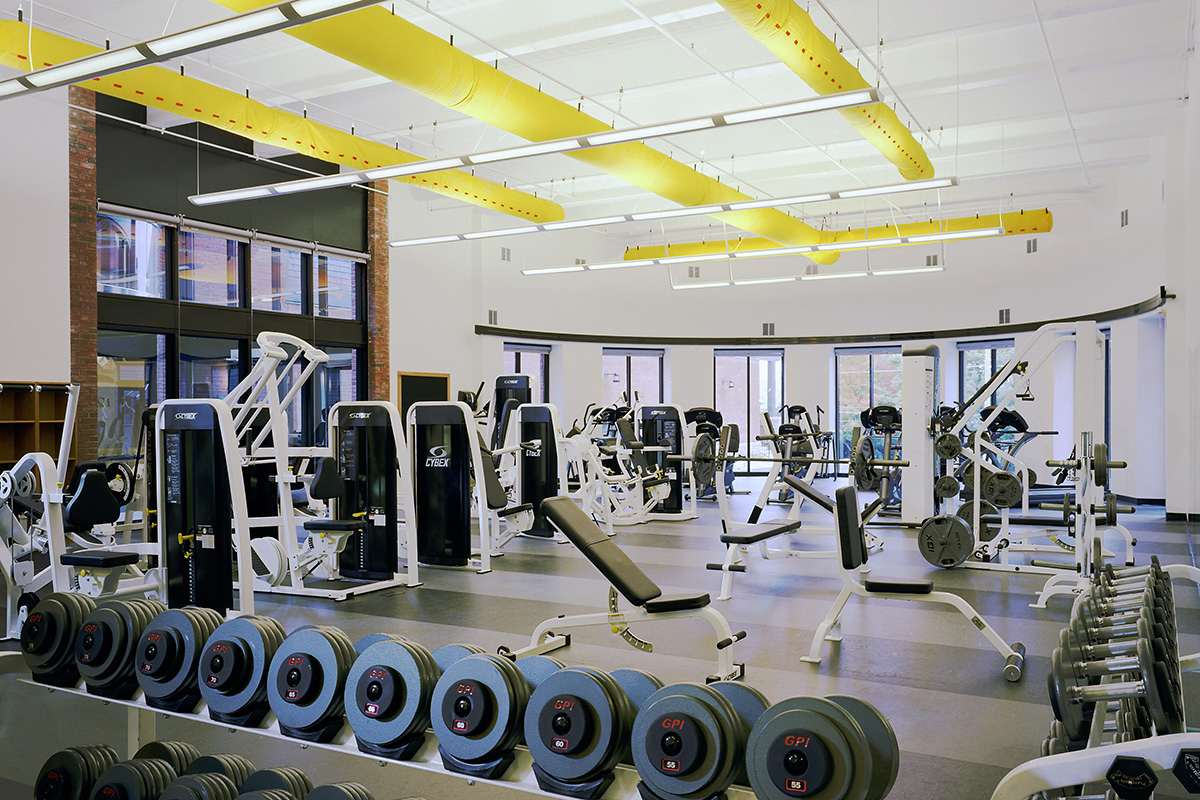Improving Your School – Part 2: Maximizing Ventilation
Along with minimizing indoor pollutants, providing adequate fresh-air ventilation is key to creating a healthy, productive classroom environment.
Why is this? First, we can never completely eliminate indoor pollutants. Second, with every breath we take, we inhale oxygen and exhale carbon dioxide. In a poorly ventilated space, the level of carbon dioxide builds. As we are deprived of adequate amounts of oxygen, we start to get sleepy. Remember those classes that were so hard to stay awake in? It could have been partly due to poor ventilation! This can be quantified quite easily with an inexpensive carbon dioxide meter.

How to Maintain Proper Mechanical Ventilation
Natural ventilation systems can be as simple as having operable windows. However, in a cold climate the windows must be kept closed during the colder months. In many parts of the world windows are equipped with a ventilation flap, which allows a small amount of outside air to trickle in during the winter.
In the United States, most schools are equipped with mechanical ventilation systems. These systems exhaust air from the classroom, mix it with fresh-air, filter the air and return it back to the space. These systems vary in size and complexity, from a unit ventilator in each classroom to a centrally distributed system with energy-recovery.
Regardless of the kind of system, they must be working properly to perform at all. There are two ways this can be assessed. The ventilation system can be “re-balanced” or “re-commissioned”. Balancing is done by a subcontractor, who takes readings of the air flow at each diffuser and adjusts the system to function as intended. Commissioning is a more in-depth process and is done by a consultant, who assesses the entire systems and makes recommendations to improve its functioning.
While balancing looks at the amount of air, it does not evaluate the quality of the air. First of all, fresh-air intakes should never be located near an outdoor pollutant source, such as a dumpster or bus drop-off area. In addition, there are filters in every ventilation system that must be maintained regularly. The filters are rated for effectiveness using a MERV rating, with the higher the rating corresponding to a greater percentage of particles captured. For example, the LEED Green Building Rating System requires a MERV rating of 13 or higher (scale of 1-16). Filter choice should be discussed with a professional, as higher MERV rated filters can restrict air flow.
Air flow is extremely important to the overall functioning of the system. If the fresh air is supplied from the ceiling, then return air grilles (exhaust) are often located lower in the space in walls or cabinets. It is not uncommon to see furniture, books or posters blocking the grills. This chokes the system and prevents it from working at capacity.
While not often part of a school ventilation system, controlling humidity levels is also important to our health. When it is too dry, inhabitants can experience nosebleeds or dry coughs. Excessive humidity, on the other hand, can provide an environment conducive for mold growth. This can be a real issue in the summer months, when warm moist air can enter the building and condense on cool building surfaces.
Next Read Part 3: The Importance of Good Lighting